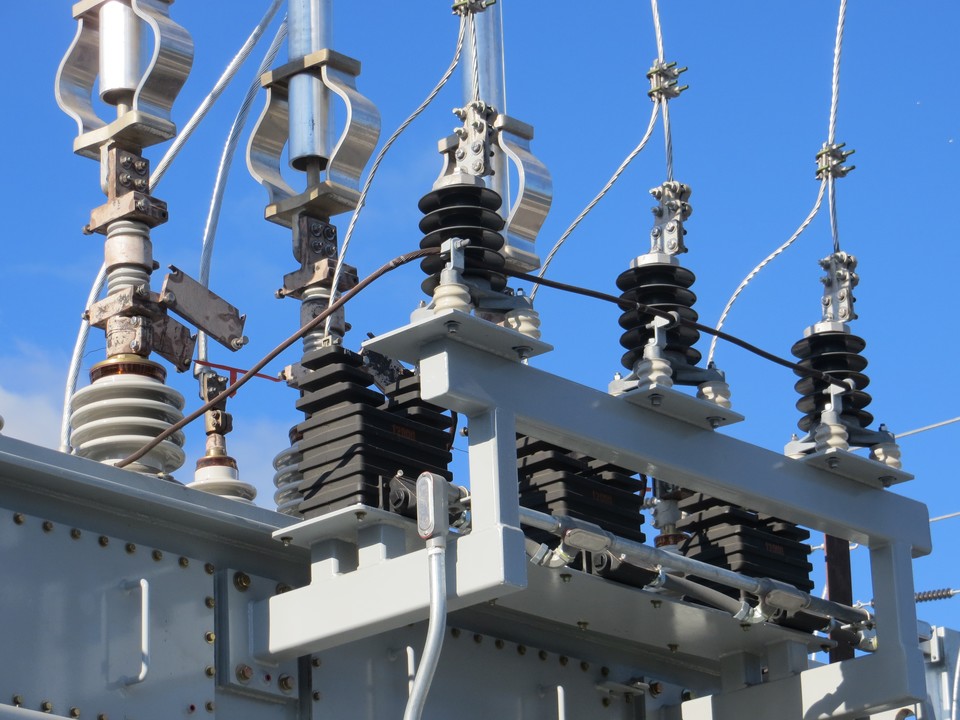 For people who are not excited by energy, navigating the murky world of network tariffs can be complicated and confusing.
For people who are not excited by energy, navigating the murky world of network tariffs can be complicated and confusing.
The network tariff component of the electricity bill reflects the costs of the “poles and wires” and other equipment such as transformers required in order to get the electrons from the generator to your home or business.
In my book Power Profits I discuss how understanding your bill is an important step in reducing electricity costs. The components of the bill represent the levers that you can pull to reduce the costs.
In an effort to keep everyone confused, every network jurisdiction has different network tariff methodologies for the same class of customers. Network tariffs are meant to be cost reflective meaning different classes of customers are charged depending on the load they put on the system during periods of higher demand. So the higher the load (kW or MW) the higher the charge, the higher the energy consumption the higher the charge and the more load during high demand periods, the higher the charge.
In South Australia, businesses that consume more than 160 MWh per year and are supplied by low voltage supply have a choice of two tariffs: the Agreed Demand tariff and the Actual Demand tariff.
The Agreed Demand tariff consists of a daily charge ($/day) , a consumption charge ($/kWh) and a demand charge ($/kVA). Demand is measured in kVA which is the “Apparent Power” that the network requires in order to deliver the required “Real Power (kW)” to the business site (I’ll discuss the fascinating topic of power factor correction in a later article).
The “trick” is that the “agreed” demand is not really agreed, but is the actual highest half-hour demand that that business has ever had during the 4pm to 9pm peak period in the months of November to March.
It works like a ratchet. If one half-hour period spiked back in say 2014, you are still paying for that level of demand now, every month, unless you have made a request supported with evidence that you have made changes to reduce the demand.
That’s why you should be monitoring your demand charges every month to see if they have been sneaking up.
There is another option though. If you understand the tariffs and understand your own load profile and flexibility, you can select to go on an Actual Demand tariff.
This tariff also consists of a daily supply charge (at a much lower rate), a usage charge (at a higher rate) and a demand charge for the month that reflects the actual demand that month. This demand resets every month, unlike the agreed demand.
The “trick” with this tariff though is that if you run your business past 4pm on a week day in the months of November to March, you will be paying a much higher demand charge than the equivalent Agreed Demand tariff charge.
The current agreed demand peak rate all year round is $0.2856/kVA/day (for demand up to around 1,000 kVA) whereas the equivalent actual demand rate from November to March from 4pm to 9pm is $0.3619/kVA/day.
If you don’t run your business during the peak period (November to March, 4pm to 9pm) then your demand charge will be the “shoulder” period demand charge which is the highest half-hour period on working days between midday and 4pm all year. This rate is a much lower $0.1797/kVA/day.
If your business has the normal operating hours or flexibility that would allow it to avoid operating between 4pm and 9pm during the November to March period, then you will likely be better off on an Actual Demand tariff.
If your business’s normal operating hours extend past 4pm then it likely be better off on an Agreed Demand tariff, but keep a close eye on the demand charges each month.
For a 1 MW load, the difference in annual cost for not having the most appropriate tariff is of the order of $55,000 to $70,000.
By developing an understanding of your electricity bill and the network tariff you will be able to identify opportunities to reduce your electricity cost through modifying or tweaking your operations.
Increasing electricity prices does not necessarily mean increasing electricity costs.
If you would like to learn more, check out the book Power Profits.
